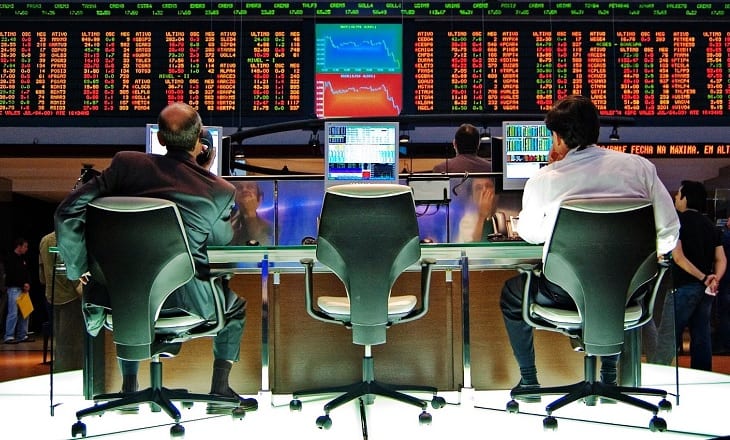This article is written by Richard Perona, VP of Institutional FX at Advanced Markets.
In 2016, we have seen some incredible market dislocation due to various global events (BREXIT, US Elections, OPEC, GBP Flash Crash, FOMC to name a few). Having experienced my fair share of these moves, I find myself in a unique position to be able to speak with a diverse group of market participants, ranging from Fund Managers to Hedge Funds and individual traders, each of them trying to successfully navigate through these turbulent markets.
Recently, I have found myself in conversations with seasoned industry veterans who asked for my advice on what I thought would be the next shoe to drop? It is apparent to me that this past year has even the most accomplished traders’ finding difficulty in disseminating market direction and exactly what’s going to happen next? One thing I have noticed is that most of the Algorithmic traders, who I am in touch with, have not had these confessionals with me. On the contrary, they have seemed rather distant and somewhat disconnected and this rally got me thinking on which trading approach, or style, best suits the current FX market?
Fundamental Analyst Trading
By definition, Fundamental Analysis is a method of evaluating a security (in our case, a nation’s currency) in an attempt to measure its intrinsic value by examining related economic, financial and other qualitative and quantitative factors. Currencies fluctuate throughout the trading day as a result of multiple factors. The Forex market is extremely complex and dynamic with many fundamental factors affecting a currency’s value, but interest rates, and the expectation thereof, are the key to a currency’s long-term direction. The Fundamental (GUI/Platform-type) trader will weigh the latest economic data versus prior announcements and then come up with a view as to which direction a currency will, whilst anticipating a positive return against another currency. The Fundamental traders are typically manual traders who decide to get involved in the market when they feel the timing is right for them.
Algo trading
By definition, an algorithmic trader is a program / robot capable of any action which the trader has instructed the program to perform, without the traders’ direct involvement. These “algos” are widely used due to their automated decision-making capabilities, constant market involvement and for their ability to make the trade decision process less frustrating. Some common examples of algorithmic trading would be the standard HFT (high frequency trading), Hedging, News Analysis, Breakouts, and Scalping with the newest being Nero Network. All of the instructions are performed automatically by these programs, without the intervention of a manual trader. Since all the trading algorithms automatically generate trading signals on the trader’s behalf, either by technical analysis or price movement, the program will continually watch the market in an attempt to make as much profit as possible.
When I analyzed the profitability of my trading connections and asked them about their experiences, I was met with a wide range of answers.
I found that Fundamental, Manual traders were generally either long-term or swing traders who used economic indicators to evaluate the forex fundamentals in their decision making.
When asked about their profitable trades, some of the common answers were as follows:
- “I did not hold the trade long enough as I could have had even more of a return”
- “The news pushed the currency in a certain direction and I caught the price action”.
When I lightly touched upon their failing trades, some of the responses included:
- “I missed the correct entry point and had to sit on the trade longer than I wanted to”
- “The trade was correct, but my entry point was off, and I had to cut the trade”
- And the old adage “The market can be irrational longer than I can be solvent”.
Next, I found contrasting responses from algo traders who I am in contact with. When asked about their profitable trades, some of the common answers were:
- “The algorithm is acting the way it should be”
- “The algo picked the right entry level, and it had good trailing stop strategy”.
When I lightly touched upon their failing trades, some of the responses included:
- “The algo failed because the entry signal was wrong”
- “The algo came in at a loss, the trailing stop was not correct”
As I step back from the different discussions I have had, and the varying answers I received from the two types of traders, I can see a possible outcome where a hybrid model might be advantageous. A seasoned fundamental trader would use an algo to set the entry points, which would continuously watch the open position while creating a decent stop loss or trailing stops. Using an algorithm’s accuracy, and non-emotional guidelines, to compliment a fundamental trader’s market experience could create a solid solution. This may be wishful thinking or even like an episode of WestWorld, but I would certainly like to see what merging a lifetime of market experience with a robot could accomplish.
